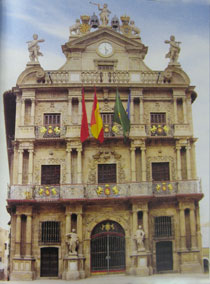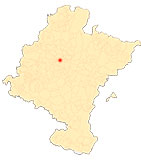18th Century Pamplona Palaces
Introduction
Pamplona underwent an unprecedented urban renewal throughout the 18th century, in accordance with the Baroque beautification of the main population centers of the Peninsula. This renovation was not only focused on the improvement of the streets, the water supply, the sewage system, the first attempts to introduce public lighting and the numbering and labeling of streets and houses, since an architectural renovation was also carried out under all types of ownership: ecclesiastical, public and private. As far as the stately homes are concerned, the 18th century is of essential importance, since the old medieval and Renaissance buildings were remodeled and replaced. The nobility of the capital, enriched by various businesses centered mainly in the Court and overseas possessions, decided to build their main houses, as a mirror of their economic prosperity and illustrious lineage before the rest of the citizens of Pamplona. To do so, they made use of models and Structures imported from the big cities, investing large sums of money in this task. For this reason, today we can admire a multitude of examples of great quality, which include in their design and aesthetics the history of the great lineages of the capital, the great men and circumstances that motivated their construction, without which the execution of these buildings would be unimaginable. This virtual visit aims to offer a brief overview of the stately architecture preserved in the capiral of the Old Kingdom.
ANDUEZA UNANUA, Pilar, La arquitectura señorial de Pamplona en el siglo XVIII. Familias, urbanismo y ciudad, Pamplona, Government of Navarre, 2004.












